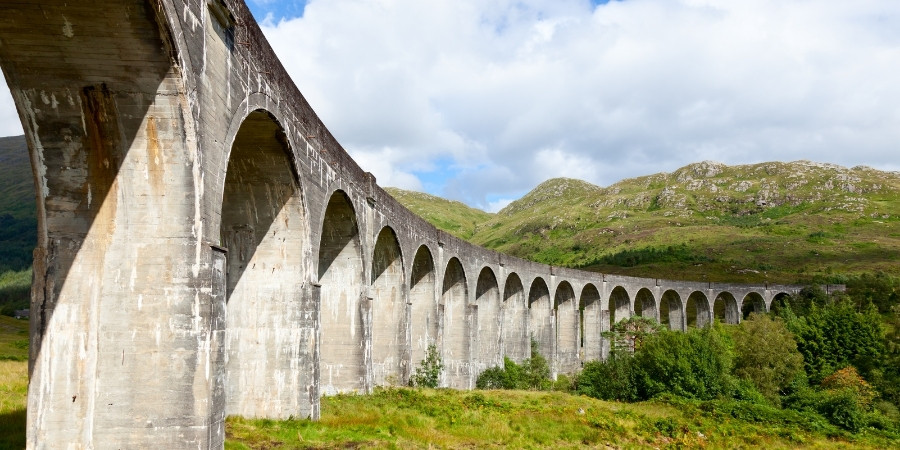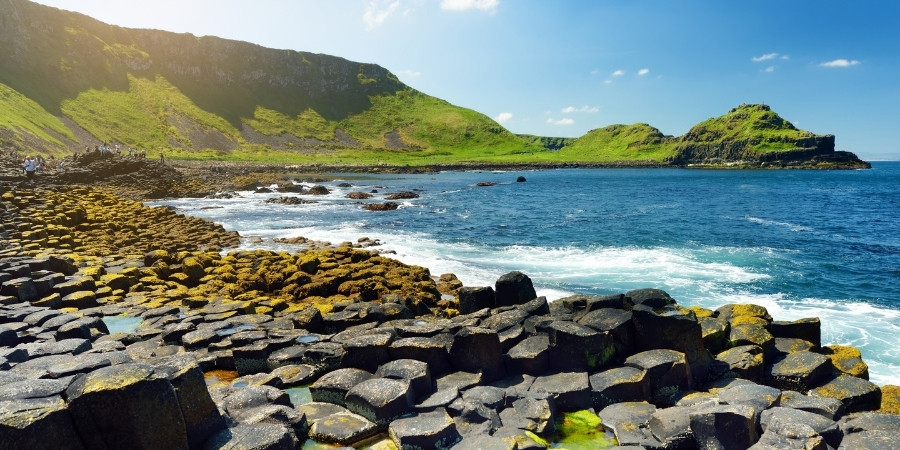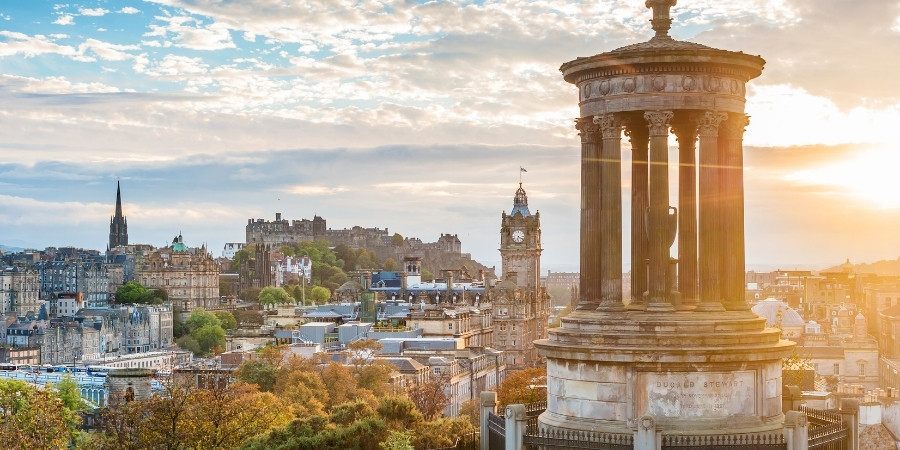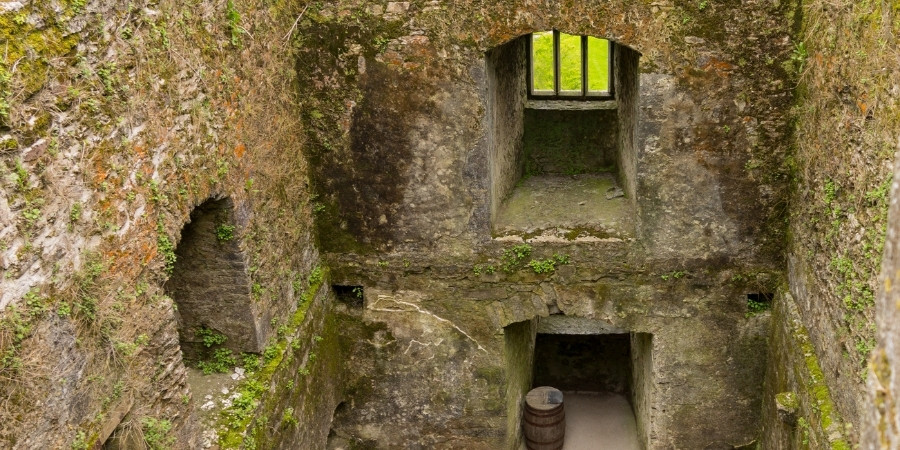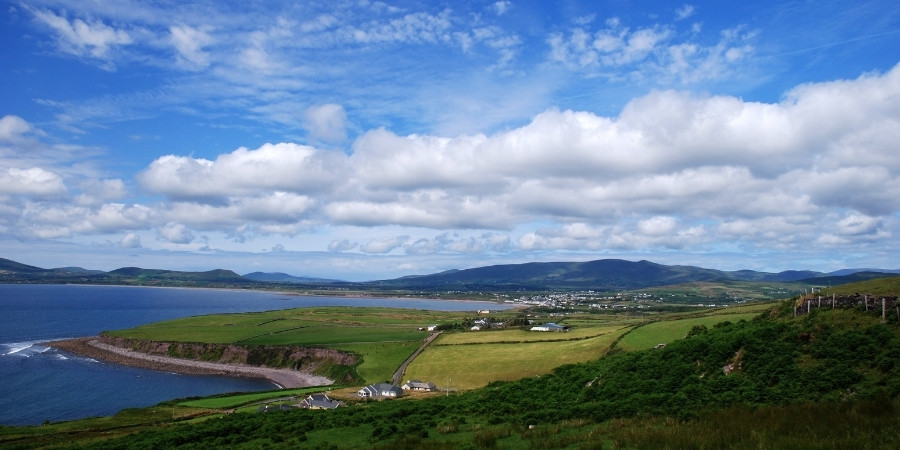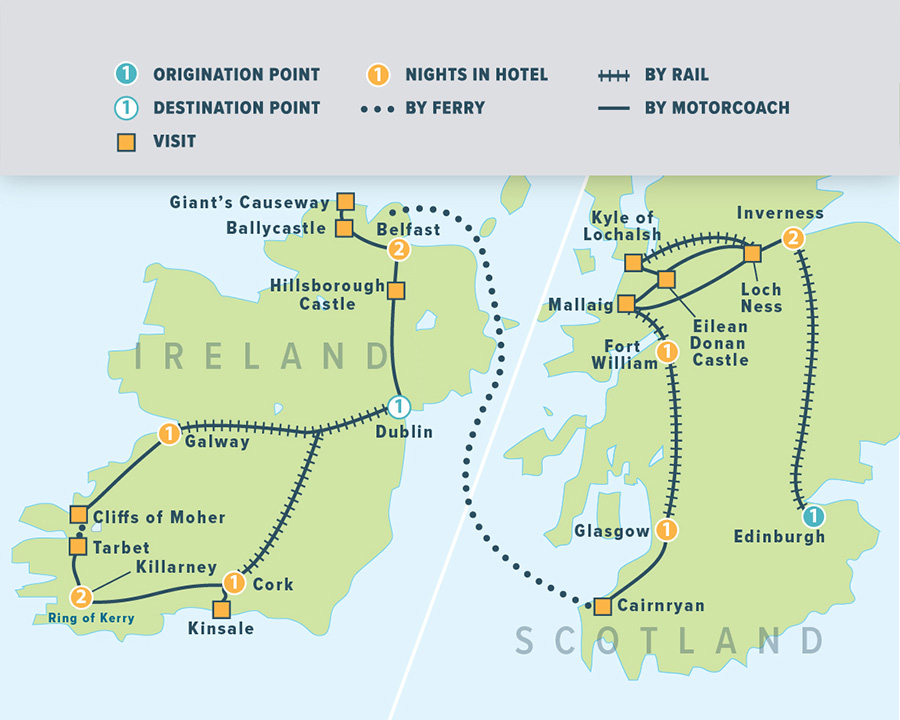$798$13,600
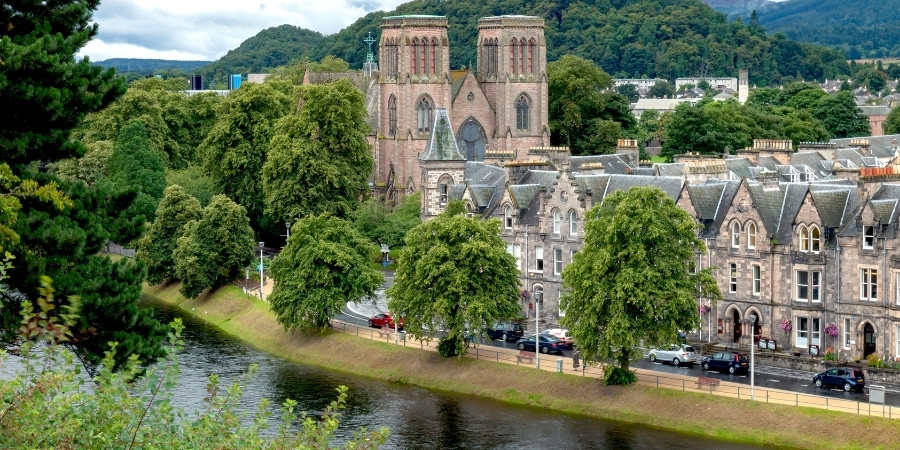
Scotland, a country with a rich tapestry of history, culture, and natural beauty, is a destination that beckons travelers with its rugged landscapes, historic castles, and vibrant cities. From the rolling hills of the Lowlands to the majestic highlands and serene islands, Scotland offers a journey through time, nature, and tradition.
Geography and Climate
Scotland, part of the United Kingdom, is located in northern Europe and comprises the northern third of the island of Great Britain. It’s characterized by its varied landscape, which includes mountains, lochs (lakes), and a rugged coastline. The climate is oceanic, generally cool and wet, with a significant amount of variability.
Cultural Overview
Scotland’s culture is deeply rooted in its history, with influences from Celtic, Norse, and Anglo-Saxon heritage. Known for its traditions such as kilts, bagpipes, and Highland games, Scottish culture also boasts a rich literary heritage and a thriving arts scene.
Key Destinations
- Edinburgh – Scotland’s capital, famous for its historic and cultural attractions, including the Edinburgh Castle, the Royal Mile, and the annual Edinburgh Festival Fringe.
- Glasgow – Known for its vibrant cultural scene, Glasgow is home to excellent museums, art galleries, and a thriving music scene.
- The Highlands – Offering some of Scotland’s most dramatic scenery, the Highlands are ideal for outdoor activities and exploring historic sites like Loch Ness and the Isle of Skye.
- The Scottish Isles – Including the Outer Hebrides, Orkney, and Shetland, these islands are known for their rugged beauty and unique wildlife.
- Loch Ness – Famous for the mythical Loch Ness Monster, this deep freshwater loch is surrounded by stunning scenery.
- St. Andrews – Known as the ‘home of golf’, this charming town also boasts beautiful beaches and a prestigious university.
History and Heritage
Scotland’s history can be explored through its many castles and historic battlefields. Edinburgh Castle, Stirling Castle, and the Palace of Holyroodhouse are highlights. The country’s turbulent history, including its battles for independence, is a key part of its identity.
Natural Beauty and Outdoor Activities
Scotland’s landscapes are a paradise for outdoor enthusiasts. Hiking, golfing, cycling, and watersports are popular activities. The West Highland Way and the Cairngorms National Park offer exceptional hiking trails. The country is also a haven for wildlife enthusiasts, with opportunities to see dolphins, eagles, and red deer.
Scottish Whisky and Cuisine
Scotland is world-famous for its whisky. Distillery tours are a must for enthusiasts, particularly in regions like Speyside and Islay. Scottish cuisine, known for dishes like haggis, Scottish salmon, and Aberdeen Angus beef, reflects the country’s rich natural larder.
Music and Festivals
Scotland has a rich musical heritage, from traditional Celtic music to modern rock and pop. Festivals such as Celtic Connections and the Royal Edinburgh Military Tattoo celebrate this musical diversity. The Edinburgh Festival Fringe, the world’s largest arts festival, is a highlight of the cultural calendar.
Best Time to Visit
The best time to visit Scotland is during the late spring (May to June) and early autumn (September to October). During these months, the weather is relatively mild, and there are fewer tourists compared to the peak summer season. Winter months can be cold and days are short, but they offer the chance to see the stunning landscapes in snow, particularly in the Highlands.
Cultural Etiquette
The Scottish are known for their friendliness and hospitality. Politeness and a bit of friendly conversation are always appreciated. Tipping in restaurants and cafes is customary, usually around 10% of the bill.
Safety
Scotland is generally a safe destination for travelers. Standard safety precautions should be taken, especially in larger cities.
Transportation
Scotland has a comprehensive public transport system, including trains and buses, that connect major cities and towns. For more remote areas, particularly in the Highlands and islands, renting a car may be the best option.
Accommodation
Scotland offers a range of accommodation options, from luxury hotels and castles to cozy bed and breakfasts and budget hostels. Unique options like staying in a traditional croft or a lighthouse are also available.
Shopping and Crafts
Scotland is known for its quality textiles, including cashmere, tartan, and tweed. Edinburgh and Glasgow offer a mix of high-street and designer shopping, while smaller towns and villages are great for finding locally made crafts and souvenirs.
Language
English is the official language, with Scots and Scottish Gaelic also spoken in some parts of the country.
Golf
Scotland is considered the birthplace of golf, and a visit to one of its historic courses like St. Andrews is a must for golf enthusiasts.
